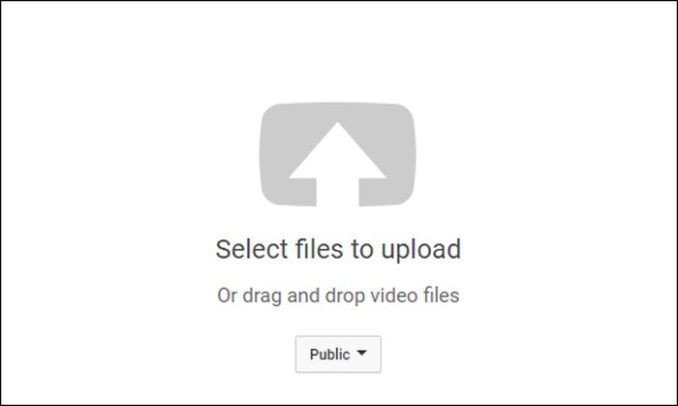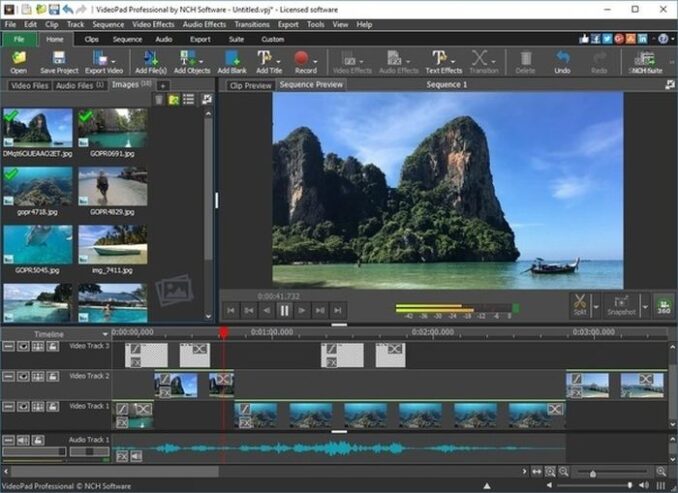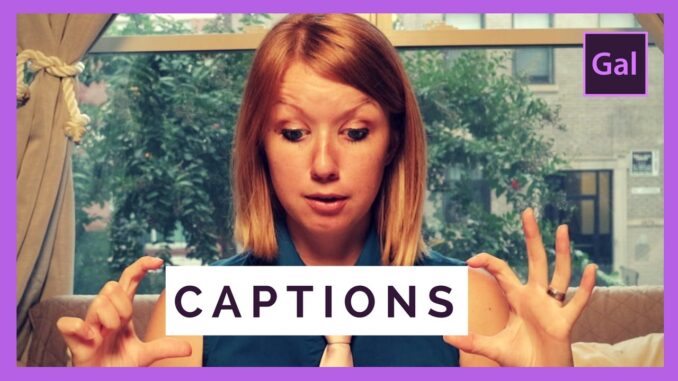Today, much of the multimedia content that people enjoy is shown through videos.
Videos have invaded a large part of the Internet either through advertisements, social networks, or videos on different platforms such as YouTube, Netflix, etc. For that reason, we can say that videos are one of the most important multimedia content formats in terms of communication issues on the Internet.
Currently, it is essential to note that we have to pay close attention to video captioning since it is essential to display the information to all users properly.
What is Captioning?

Source:ai-media.tv
We have to bear in mind that many people do not know the difference between closed captions and subtitles. A subtitle is simply the textual representation of a video’s content, while a closed caption is the same with the difference that other unspoken sounds of the video are also explained.
That is, the closed caption indicates that any noise or sound that appears in the video will be represented in a textual way in order to provide the user with a better understanding of the context. Some descriptions of non-verbal elements can be the sounds of a motor, telephone, barking, doorbell, laughs, crying, shots, etc. Closed captions can also indicate what a person is feeling or doing.
Why are Closed Captions so Important?

Source:captionlabs.com
Closed captions have always been important, but today they are more so. It is due to various reasons. First, the rise in popularity of videos has exponentially grown thanks to the advancement of technology, especially if we talk specifically about social media. Second, we can see considerable growth in the number of people with hearing problems who watch this type of content.
Some aspects for which it is important to use closed captions in the videos are
- Audience
People who upload audiovisual content to the network have the need for other users worldwide to view it. Therefore, they must also take into account people with disabilities, especially hearing. For that reason, closed captions improve the accessibility of such multimedia content for all people, including the deaf.
Most of the videos uploaded to a social network or multimedia content platform are related to marketing. A video without closed captions could affect the scope of marketing carried out by a person by neglecting a certain part of their audience.

Source:howtogeek.com
- Increase in the Population with Hearing Problems
Although closed captions can be important for users without any type of disability, especially when they are watching a video in another language, these elements acquire greater importance for the deaf population.
Just as the rapid advancement of technology has had innumerable advantages, we can also say that it has its downside in a way. The number of people with hearing problems has grown precisely due to this fact, especially in adolescents. Many young people are exposed to noise pollution for much of the day, either from loud music horns or listening to music with headphones for long periods.
Furthermore, it is currently estimated more than 6% of the world’s population has hearing problems and that this number could more than double by 2050.
As technology changes and advances, it is necessary to increase the use of closed captioning in videos so that most people can enjoy them.
- Constant Use of Videos
The continuous evolution of technology has also led to an increase in the use of online videos. We can see how a large number of videos are uploaded to the web every minute. That not only means that more and more people can watch this type of multimedia content but also influences them to continue wanting to watch more.
Users and companies (small, medium, and large) have realized the importance of using the power of audiovisual content in marketing matters. That requires creating a video following with an effective SEO strategy, brand recognition, and captioning.
- The Law
In the case of the United States, The Americans with Disabilities Act and the Rehabilitation Act establish requirements for accessible technology. That means that the inclusion of subtitles in the videos is essential so that there can be effective communication for all people.
How Can I Use Software to Caption Videos?

Source:quora.com
For example you could use something as Audext, which is is a reliable and effective online transcription software that converts audio to text. This application can save a lot of time and money as it is faster than manual transcription services.
When the audio-to-text transcription is finished, the user has the opportunity to edit it thanks to the built-in editor. This software can also identify the person speaking in the audio, whether it is an interview or a podcast.
The steps you must follow to caption videos with software are the following:
- Log in with your
- Two options will appear: “New upload” or “New transcription.” Click on either one.
- Select the video file to which you want to add the subtitles.
- Specify the identity of the people who are speaking in the video.
- Press the option “Send.” The video file will be sent to the platform’s cloud transcript.
- Once you wait the necessary time until the transcription is finished, you can proceed to edit it according to your needs so that the subtitles are as perfect as possible.
- Download the file in .doc or .txt format.
- Use the online converter to create subtitles from the transcript.
Note: Make sure the video file you use does not have loud sounds or background noise.
Which Caption Format is Right for My Video?

Source:premieregal.com
As we know, closed caption files contain the text of the audio of a video. However, it is essential to note that these formats vary depending on the website or platform used to obtain the closed caption transcripts.
The most common caption file formats are:
- SubRip (.srt): These caption file formats contain the text’s start and end time codes. They are the most commonly used in players on platforms such as YouTube, Facebook, Vimeo, etc. Other formats of this type are SubViewer (.sbv or .sub), MPsub (.mpsub), LRC (.lrc), etc.
- WebVTT (.vtt): They are the same as the previous ones with the difference that they can store metadata and use the font and color of the text. Other formats of this type are SAMI (.smi or .sami), RealText (.rt), TTML (.ttml), or DFXP (.ttml or .dfxp).
You can also use broadcast file formats, especially for TV or movies. Some of them are:
- Scenarist Closed Caption (.scc)
- EBU-STL (.stl)
- Captions Inc. (.cin)
- Caption Center (.tds)





